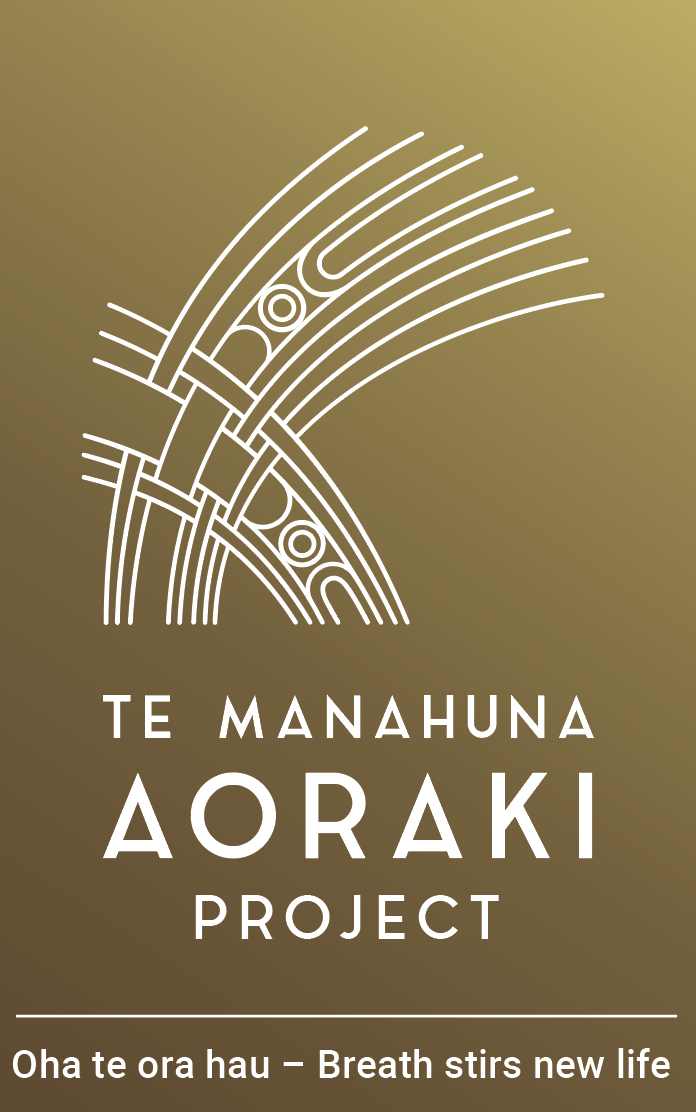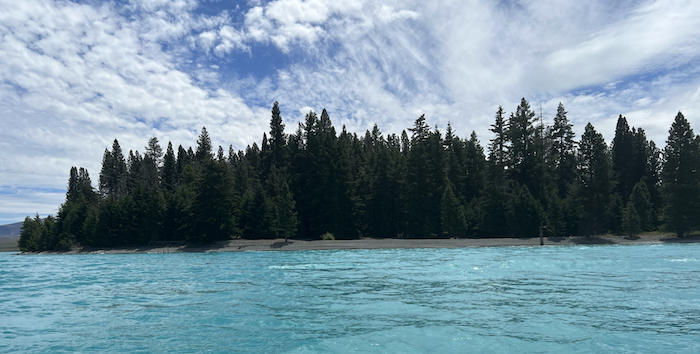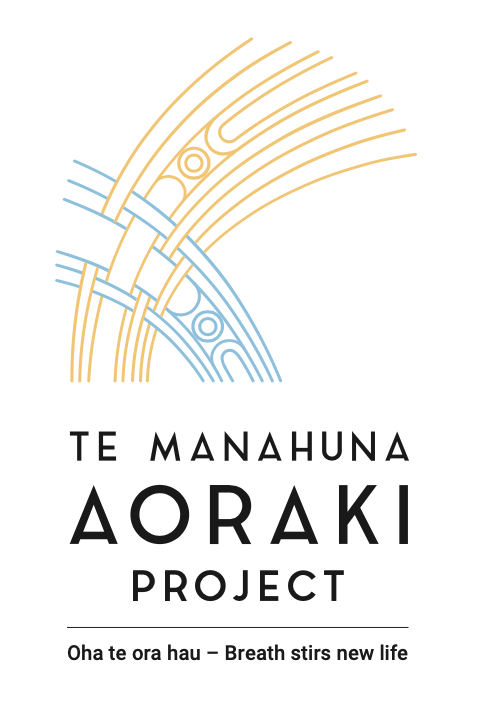A recent field trip to Motuariki Island in the middle of Lake Takapō / Tekapo has uncovered native lizards and rare native plants despite a devastating fire nearly 20 years ago.
A fire on the island in 2014 is estimated to have destroyed 80% of the island’s vegetation and manawhenua and representatives from various government agencies were keen to get an understanding of what indigenous plants and animals remain, and assess cultural and archaeological sites.
According to Māori oral traditions, Te Rapawai one of the earliest people to inhabit Te Waipounamu (the South Island), established a pā site on Motuariki. Manawhenua from Te Rūnanga o Arowhenua, Te Rūnanga o Moeraki and Te Rūnanga o Waihao are leading a project to develop a restoration plan for the island.
Representatives from manawhenua, the Department of Conservation, Ministry of Primary Industries, Te Manahuna Aoraki Project, and archaeologists and native plant experts visited the island. When the group arrived they found a family of geckos living underneath an old DOC sign. This immediately demonstrated some of the biodiversity values which still exist.

Wilding conifers are present across the island, and the group considered options to remove some of these and plant natives to replace them.
Arowhenua Native Nursery’s Lex Evans undertook an assessment of the plant species and says the island has a unique flavour, with native plants growing in different ecosystems, which is quite unusual for such a small area. Rarer natives like porcupine bush (Melicytus alpinus), prostrate kōwhai (Sophora prostrata) and native broom (Carmichelia Australis) were all seen.
Archaeologist’s believe the southern end of the island would have been the most likely area for occupation due to shelter from the predominant wind. But evidence of things like waka pull up zones are likely to have been lost when lake levels were raised in the 1950s for power generation. Further investigation of cultural sites is likely to be undertaken.
Te Manahuna Aoraki Project say the visit was a good positive start which was special for all who attended. All stakeholders, including the local community, want to restore the island but need to be clear about what that means and what can feasibly be done. The group will now consider the next steps to develop a restoration plan.


